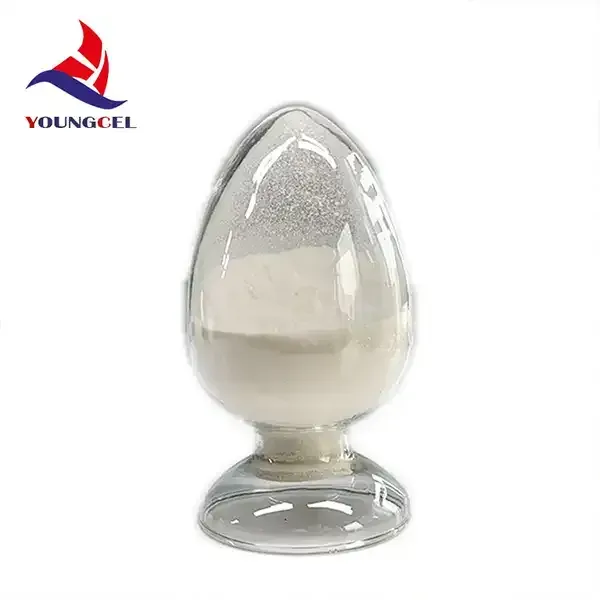Cellulosic Ethers Versatile Polymers for Modern Applications
Cellulosic ethers are a class of chemical compounds derived from cellulose, a natural polymer found in the cell walls of plants. By modifying cellulose through etherification, researchers and manufacturers create a wide range of versatile materials that find applications in various industries, including pharmaceuticals, food, cosmetics, and construction. This article explores the properties, types, and applications of cellulosic ethers, highlighting their significance in modern applications.
Cellulose, the most abundant organic polymer on Earth, serves as the raw material for cellulosic ethers. The process of etherification involves substituting hydroxyl (-OH) groups in the cellulose molecule with ether groups (-O-), leading to the formation of products with diverse functional properties. This modification enhances the solubility, thermal stability, and reactivity of cellulose, enabling it to serve multiple functions.
Cellulosic Ethers Versatile Polymers for Modern Applications
Carboxymethyl cellulose (CMC) is particularly notable for its water-retention abilities and is commonly used in products ranging from ice cream to toothpaste. Its thickening capability makes it a popular choice for cosmetic formulations as well. Hydroxyethyl cellulose (HEC) is valued for its ability to enhance the texture and flow of products and is frequently used in paints, adhesives, and personal care items.
cellulos ether

One of the primary advantages of cellulosic ethers is their ability to modify the physical and chemical properties of formulations without compromising safety. Being derived from natural cellulose, they are generally recognized as safe (GRAS) by regulatory agencies such as the U.S. Food and Drug Administration (FDA). This makes cellulosic ethers particularly attractive in applications involving food and healthcare, where consumer safety is paramount.
In the construction industry, the use of cellulosic ethers in cementitious materials contributes to improved workability. For example, HPMC is added to mortars to enhance their adhesion and water retention, thereby improving the performance of the final product. This ensures that construction projects not only meet aesthetic standards but also structural integrity requirements.
The environmental aspect of cellulosic ethers is also gaining attention. As industries increasingly shift towards sustainable practices, the use of renewable materials like modified cellulose aligns with global sustainability goals. Cellulosic ethers are biodegradable and can be produced from sustainably sourced wood pulp, making them a greener alternative to synthetic polymers derived from petroleum.
Despite their advantages, the production of cellulosic ethers is not without challenges. The need for controlled processing conditions and the potential for variations in product quality require careful management of manufacturing processes. Ongoing research aims to optimize production techniques and expand the functionality of cellulosic ethers, exploring their potential in new and innovative applications.
In summary, cellulosic ethers represent a remarkable intersection of natural materials and modern science. Their versatility, safety, and environmental compatibility underscore their importance in a wide array of applications. From enhancing food products to improving pharmaceuticals and contributing to sustainable construction practices, these modified cellulose polymers continue to play a crucial role in shaping our everyday lives. As research and technology advance, the potential for new applications of cellulosic ethers remains vast, promising exciting developments for the future.
-
Premium Detergent Grade HPMC Hydroxypropyl Methylcellulose: Superior Thickening & StabilityNewsAug.31,2025
-
HEC 100000 Hydroxyethylcellulose for Paint | Superior ThickeningNewsAug.30,2025
-
Wall Putty Rdp Powder Packaging DesignNewsAug.29,2025
-
Introduction to Hpmc Hydroxypropyl Methyl CellulosNewsAug.29,2025
-
Hpmc Industri Grade IntegrationNewsAug.29,2025
-
How to Choose the Right Construction AdhesiveNewsAug.29,2025




